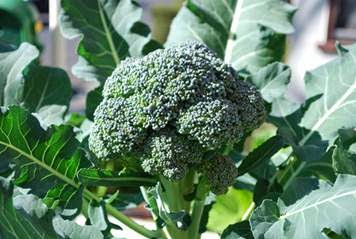Wheatgrass juice is nature’s finest medicine. It is our signature elixir here at Hippocrates Health Institute. It is the icon in our logo. It is a powerful concentrated liquid nutrient. Two ounces of wheatgrass juice has the nutritional equivalent of five pounds of the best raw organic vegetables! It is also a powerful detoxifier pulling poisons, stored toxins, and heavy metals out of the body.
It is best to grow wheatgrass indoors. The ideal temperature range is between 65-75 degrees F and humidity less than 50%. You want plenty of indirect sunlight and plenty of artificial light (full-spectrum is best) but, no direct sunlight. Keep the lights on for about twelve hours a day and turn them off at night.
Origin:
• Blood builder • Anti-cancer
• Detoxifier
• Boosts the immune system
Growth Process:
1. Soak 1 cup seeds for 8 hours.
2. Drain. Rinse and drain again.
3. Rinse twice a day for one day. Double rinse each time.
4. Plant in ½ “ compacted potting mix in a 10” X 10” tray with drainage holes.
5. Water and keep the tray supported so it can drain well.
6. Water twice a day for 7 days.
7. Keep covered with an empty tray for the first 3 days.
8. Keep in a brightly lit area.
9. Harvest at the beginning of the jointing stage. Yields up 9 ounces of juice. It is best to juice it fresh.
Maturity Time:
• Seven days










